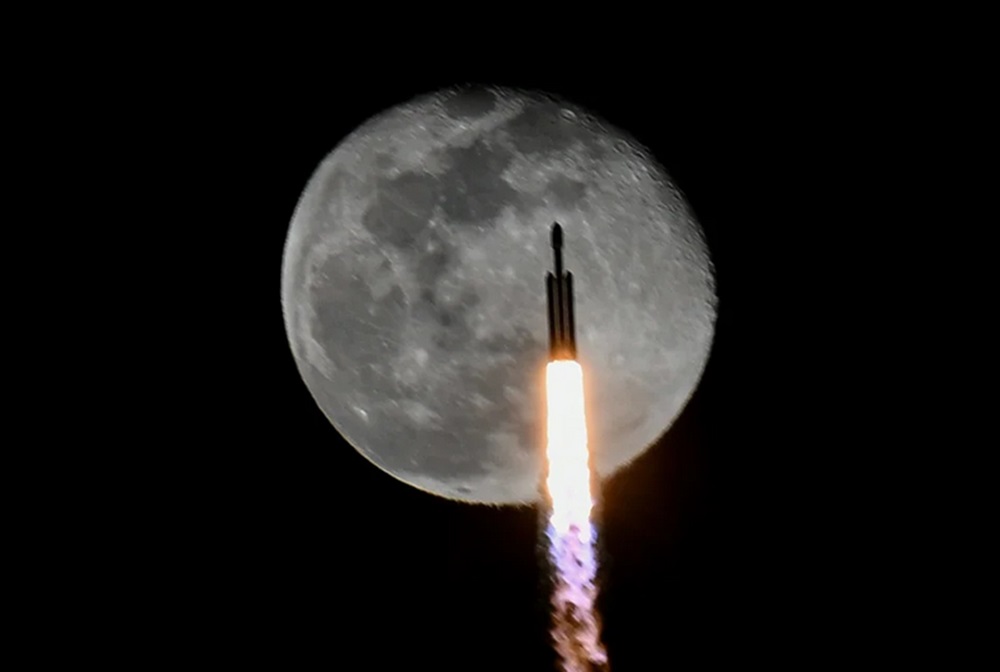After being delayed for weeks due to weather and other challenges, SpaceX successfully launched the Pentagon’s secretive X-37B spacecraft on Thursday. SpaceX launched the X-37B aboard a Falcon Heavy rocket from Florida’s Kennedy Space Center, marking the first time the rocket has carried the Space Force’s X-37B.
United Launch Alliance Atlas V or SpaceX Falcon 9 rockets sent the spacecraft into orbit six times.
The launch was originally scheduled for Dec. 10, but it was postponed several times that week owing to poor weather and, on one occasion, a “ground side issue” shortly before one of the scheduled liftoffs. SpaceX stated that the delays allowed its teams to do additional system inspections before this launch window.
The Boeing X-37B is an unmanned, robotic spacecraft flown in partnership with the Space Force by the Air Force’s Rapid Capabilities Office. Its design is based on an earlier iteration of the spacecraft operated by the National Aeronautics and Space Administration (NASA), known as the X-37A, and resembles a smaller version of the Space Shuttle.
The X-37B, also known as the Orbital Test Vehicle, is a reusable spacecraft that is propelled vertically into orbit by a launch vehicle and then re-enters Earth’s atmosphere as a spaceplane landing horizontally on a runway, similar to the Space Shuttle.
According to the Air Force, it is the first vehicle since NASA’s shuttle orbiter to return experiments completed in space to Earth for analysis.
While much data regarding the X-37B’s cargo, operations, and testing remain classified, the service has made some generic information on the technologies evaluated by the X-37B available to the public.
According to the fact sheet, it serves as a test bed for systems such as advanced guidance, navigation, and control, thermal protection systems, avionics, high-temperature structures and seals, conformal reusable insulation, lightweight electromechanical flight systems, advanced propulsion systems, advanced materials, and autonomous orbital flight.
The X-37B is designed to stay in orbit for at least 270 days. However, some missions have lasted far longer. The X-37B’s fifth mission lasted 780 days in orbit, while its sixth mission lasted 908 days, from May 17, 2020, to November 12, 2022.
Former Air Force Secretary Heather Wilson called the X-37 “fascinating” in 2019 because it can turn to change its orbit while it’s close to Earth. She said this “means our adversaries don’t know… where it’s going to come up next.”
The newest X-37 mission is the spacecraft’s seventh flight since its debut in April 2010.
This was the fifth flight for SpaceX Falcon Heavy’s side booster rockets, slated to land at two of the Cape Canaveral Space Force Station’s landing zones about eight minutes after launch.
SpaceX Says Second Rocket Launch Successful Despite Explosion
SpaceX Says Second Rocket Launch Successful Despite Explosion





